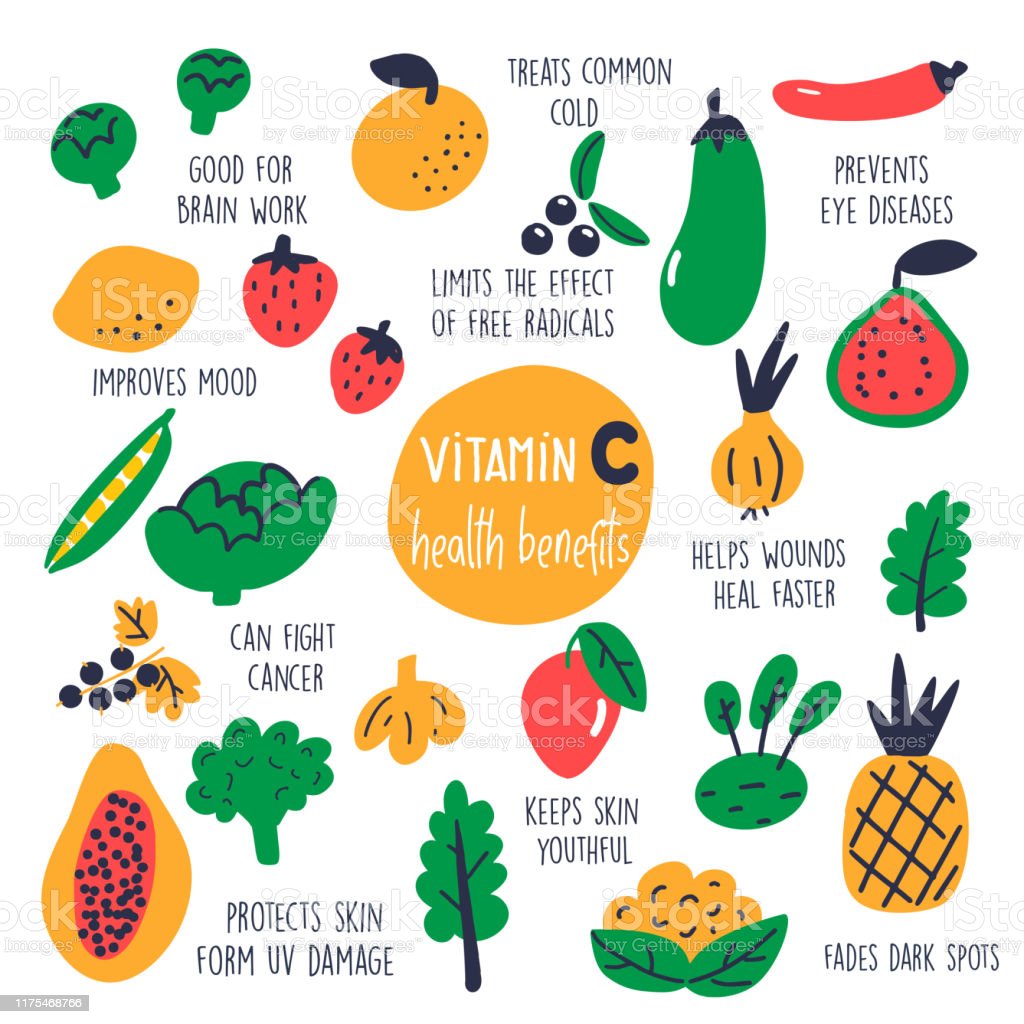
Researchers believe that 20-30% of life expectancy can be attributed to genetics, while the rest are a result of lifestyle choices and genes. However, the length of life of the average person hasn't changed much in the past few decades, despite the fact that the number of years that people live is increasing. A variety of factors can impact a person's lifespan. It is important to eat a healthy diet and exercise regularly.
Even though genetics research is still very early, it has been demonstrated that nutritional requirements are linked to a longer lifespan. A study found that 25 percent variation in human life spans is genetic. It also showed that many genes are involved with aging. Although not fully understood, there are three genes that have been shown to be linked with longevity. These genes include the APOE genetic, the FOXO3 Gene, and the CETP Gene. Although they don't appear to play any role in determining one’s lifespan, there is evidence that they work together.

The lifespan of the average American is eighty to eighty years. Asian-Americans have a life expectancy of almost 100 years. Black Americans have the shortest lifespans, but they tend to have a poorer health status. Men also have higher rates of diabetes, heart disease, and cancer than their white counterparts. Although women generally live longer than their male counterparts, While there are theories about the reasons for their longer life span, they are all attributed to greater health and fewer physical activities.
Lifestyle factors play an important role in determining life expectancy. While the determinants of longevity may not be genetic. The environment a person lives in, the food they eat, and the amount of physical activity he or she engages in all their daily activities all have a strong influence. In the first seventy years of life, lifestyle plays a greater role in determining life expectancy than genetics. As they age, they are more likely be healthy and to avoid many age related diseases.
Environment, genetics, and lifestyle all play a role in the length of one's life expectancy. Some people with longer lifespans are healthier than their peers. It is their parents' lifestyle and the environment that determine how long they live. People living in poverty can have a direct impact on their longevity. These factors are important but not always causal. Eat healthy food if you want to live longer. Those who eat a lot of fresh fruit and vegetables are also more likely to live longer.

Scientists have examined people who live into their nineties or even nineties. In general, these individuals have the same types of lifestyles. They are not smokers, don't have any health problems, and aren’t obese. However, they are much more likely to quit smoking. They are also good at managing stress. They tend to be women. You should also note that older adults with good health tend to live longer than their peers.
FAQ
Which order is best for working out?
It depends on what you are looking for. Start with heavy lifting if you're looking to build muscle mass. Then move into cardio. For those who want to lose weight or exercise, you can switch from cardio to strength-training.
If you just want to burn fat, start by doing cardio. After that, you can add strength training.
You should do cardio last if your goal is to increase muscle mass. This stimulates growthhormones, which helps build muscle mass.
Also, eat before you workout. You will be able to give your muscles more fuel so they can work harder. Plus, it makes you feel better during your workout.
Do I have to exercise while drinking alcohol?
Yes. Alcohol has increased energy expenditure, speed up recovery time, and reduced soreness.
Also, alcohol increases insulin sensitivity which makes it easier to absorb glucose.
Dehydration can result from alcohol, which can affect your metabolism. Alcohol can also lower testosterone production, which could lead to a decrease in muscle-building potential.
This is why women shouldn't have alcoholic drinks before exercising. Women who drink heavily should wait at LEAST 24 hours before they start working out.
Women who are nursing should avoid alcohol as much as possible.
Men should limit their intake to one drink per day.
Is cardio exercise good for your health or bad?
Cardiovascular exercise is a great way to improve your cardiovascular health. Cardiovascular exercise improves blood circulation and strengthens your heart muscle. It also increases stamina and helps you lose weight.
Cardiovascular exercise includes running, biking, hiking, swimming, tennis, basketball, soccer, volleyball, football, etc.
It is important to remember that cardio exercises should not be performed at high-intensity levels. This could cause injury.
Cardiovascular exercise should be done only if you feel well.
It is important not to push yourself beyond your limits. You could injure yourself if you do.
Warm up is the best way to start cardiovascular exercise. Start slowly increasing your intensity.
Listen to your body. If you feel pain when doing cardiovascular exercise, you should immediately stop.
After a cardiovascular training session, it is recommended that you take some time to relax. This allows your muscles time to recover.
Cardiovascular exercise can help you lose weight.
This is the best way to lose weight and belly fat.
What is your favorite workout to build muscle mass?
There are two major exercises that you should do when you want to build muscle mass. These are the isolation exercises as well as compound movements. While compound movements focus on a single muscle, isolation exercises are focused on specific muscles.
You can improve your workouts by choosing exercises that challenge all major muscle groups. This ensures that you are always working hard during each session.
To keep track of what you have done, use an app called MyFitnessPal. You can log everything, from calories burned to weight lifting. You can even create customized meal plans that are based on your goals.
Statistics
- Candidates and applicants must pass all four tests at 70% (minimum level) to graduate from Basic Deputy U.S. Marshal (BDUSM) Training. (usmarshals.gov)
- 10 pounds in a month is likely during a lean bulking phase, especially for beginners. (muscleandstrength.com)
- Get free shipping and 25% off today. (healthline.com)
- Cardmembers earn 5% Back at Amazon.com with a Prime Credit Card. (amazon.com)
- An estimated calorie range for moderately active adult males falls between 2,200 to 2,800 calories per day, depending on age. (eatright.org)
External Links
How To
How can a man get in shape in 30 days?
Breaking down your fitness goals into smaller, more manageable steps is the best way for you to reach your fitness goals.
Each day you need to be working towards your goal. This could mean anything from doing 10 pushups for 5 minutes to running 3km.
Consistently doing this will lead to positive results.
You must be consistent. You must persevere until your success is achieved.
What is the difference between Aerobic Fitness (or Anaerobic Fitness)?
Anaerobic fitness is the ability to do intense physical work without oxygen. Anaerobic pathways provide sufficient energy for high-intensity exercise. Anaerobic pathways include glycolysis (creatine phosphate), the phosphagen and lactic acid.
Cardio fitness is, in contrast to aerobic fitness, the practice of sustaining low-intensity exercise. While performing aerobic exercises, oxygen is used as the primary source of fuel for the cells. In other words, the aerobic pathway provides more energy than the anaerobic pathway.
To run a marathon you need to first increase your aerobic capacity. If you are only focusing on increasing your anaerobic capabilities, you won't finish the race.
Aerobic fitness can also be called cardiovascular fitness. The two most common methods of measuring cardiovascular fitness are VO2 max testing and step tests.
VO2 Max Testing
VO2max is the maximum oxygen (O2) that your body can use while exercising. This test measures the amount O2 that the body can use when exercising.
This is the best test to assess cardiovascular fitness. The test is difficult to administer because it requires expensive equipment.
Step Tests
Step tests can be used to assess cardiovascular fitness. They are easy and effective. They involve walking or jogging on a treadmill or track for a certain duration based on your age and weight.
These tests are simple to perform, cost-effective, and easily accessible from almost any location. You can, for example, walk for 2 minutes on a treadmill, then rest for 1 min, then repeat the process for 20 minutes. Then, stop. Your heart rate should remain within a specific range throughout the whole session.
This method is known as the "Bruce Protocol". Bruce, himself a runner developed this protocol when he realized his heart rate didn't rise when he ran long distances.